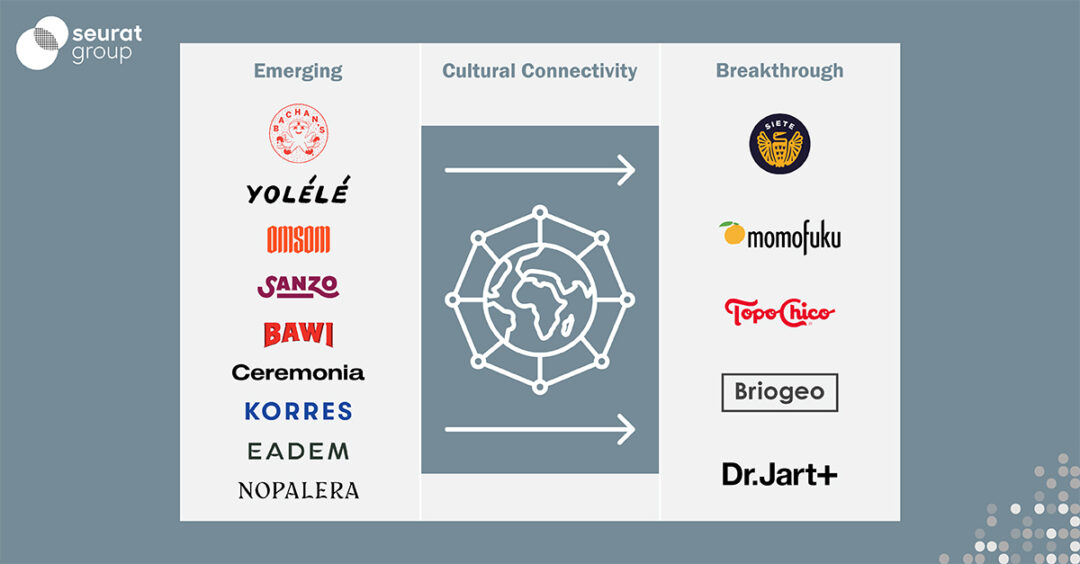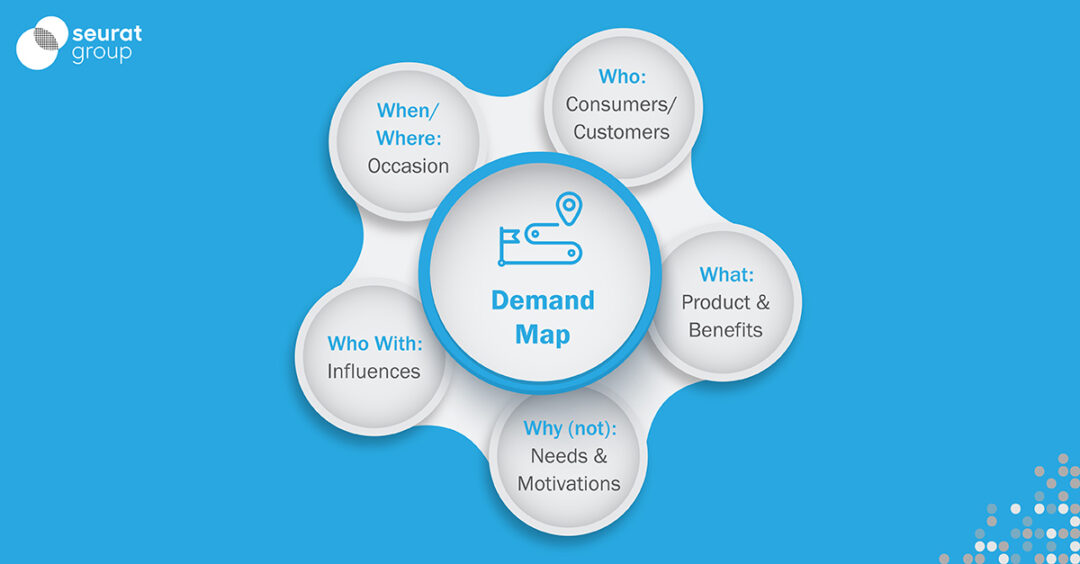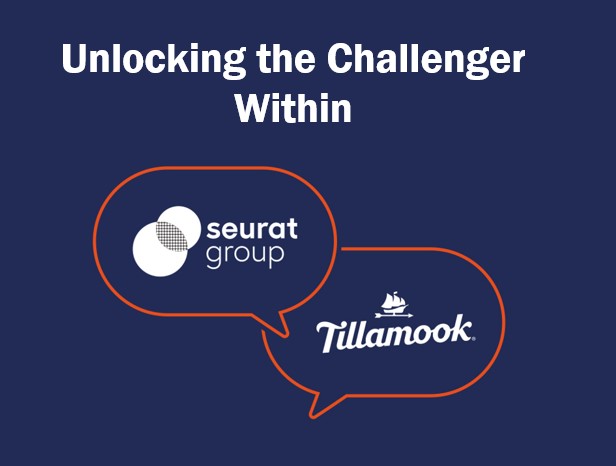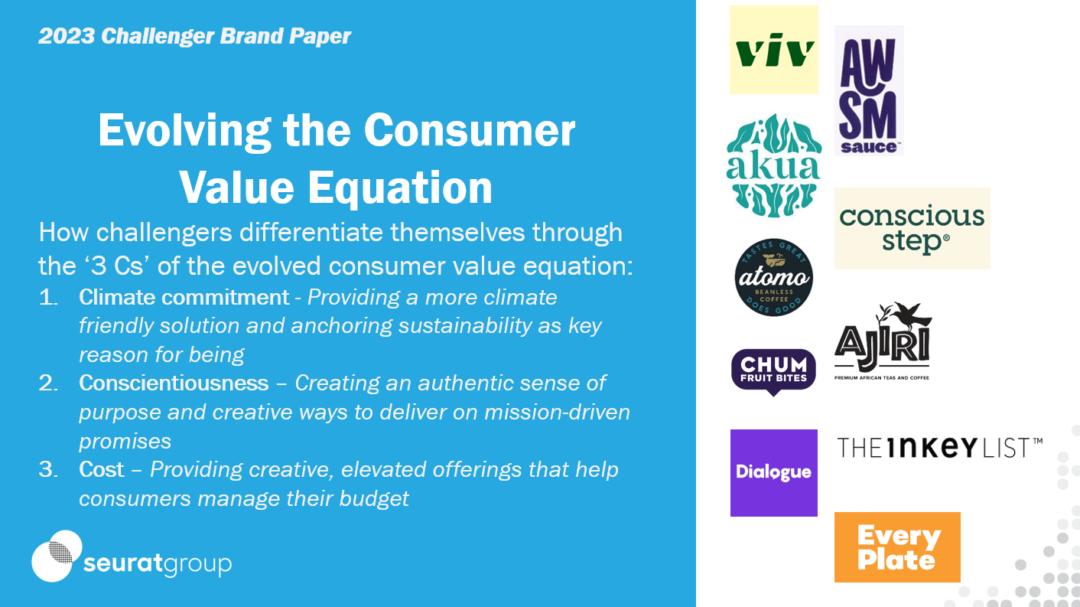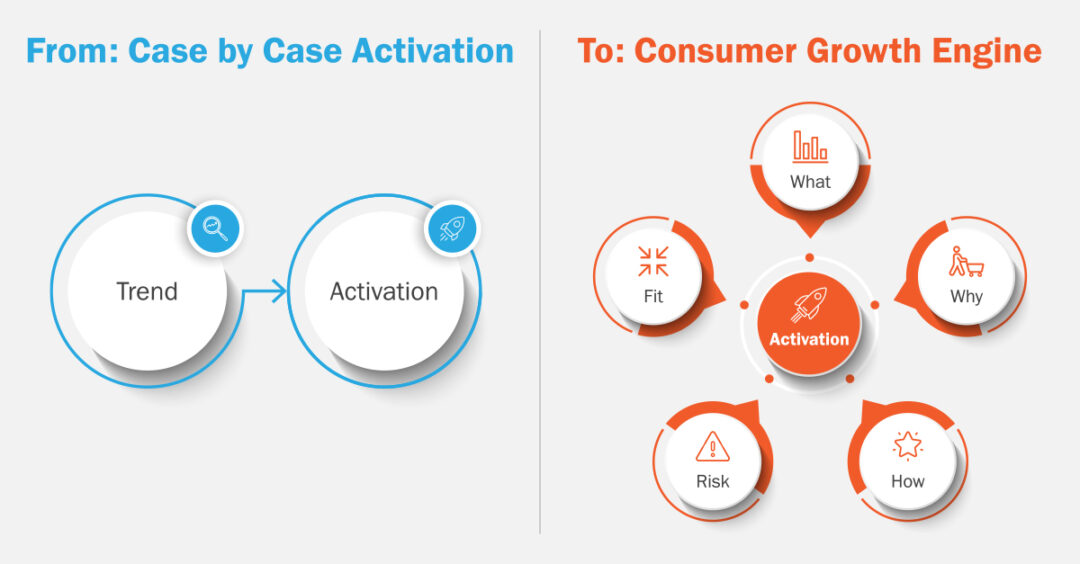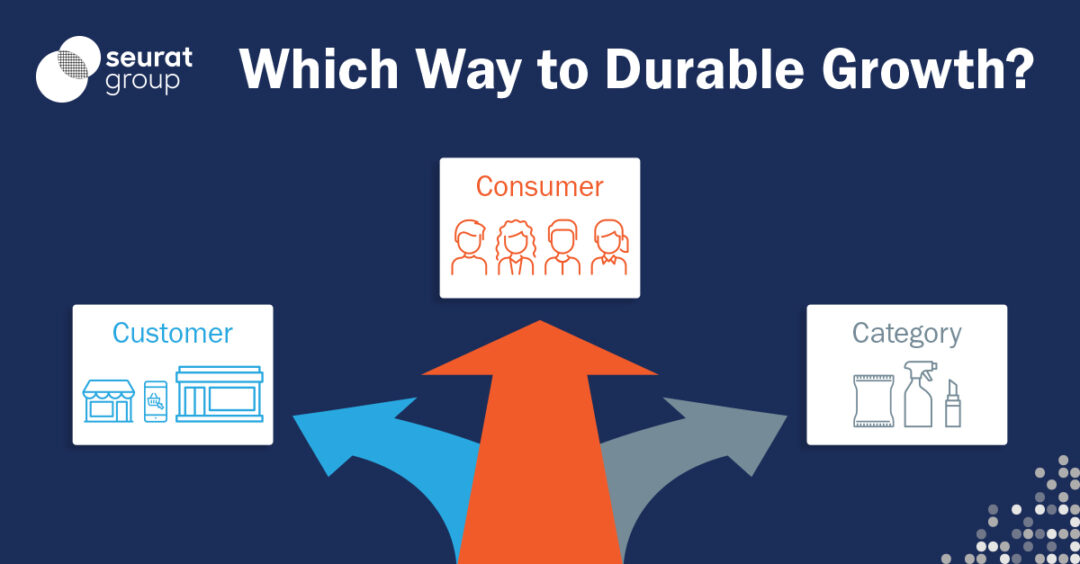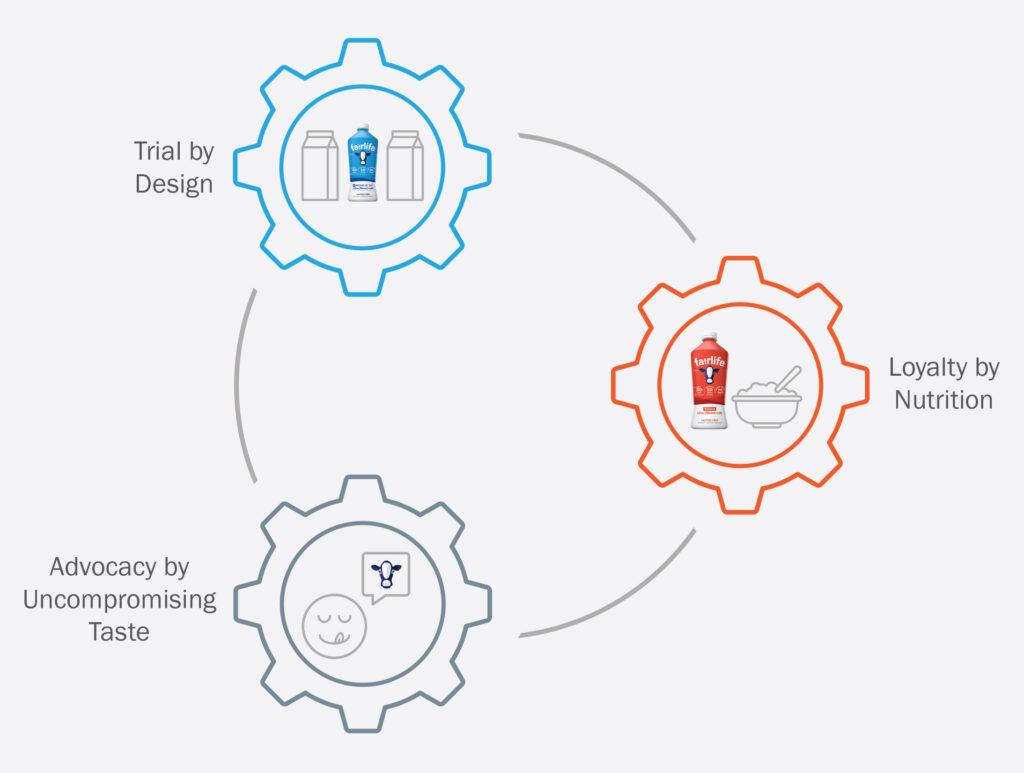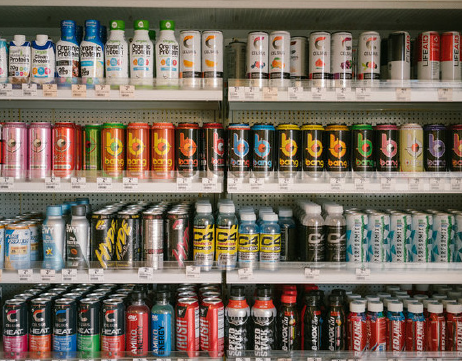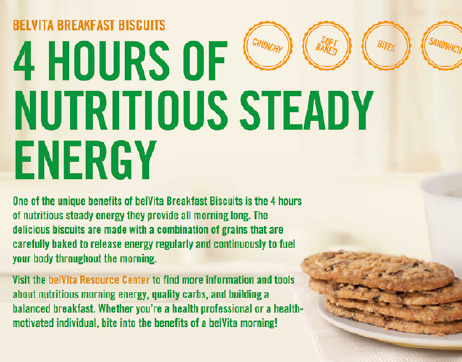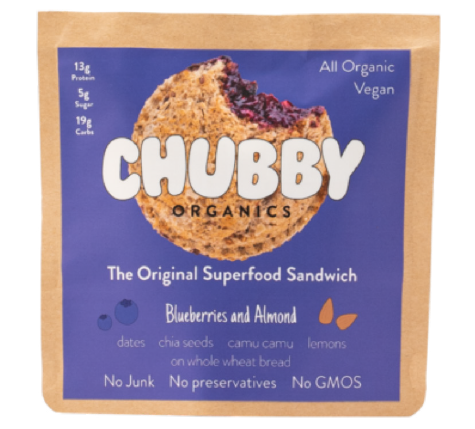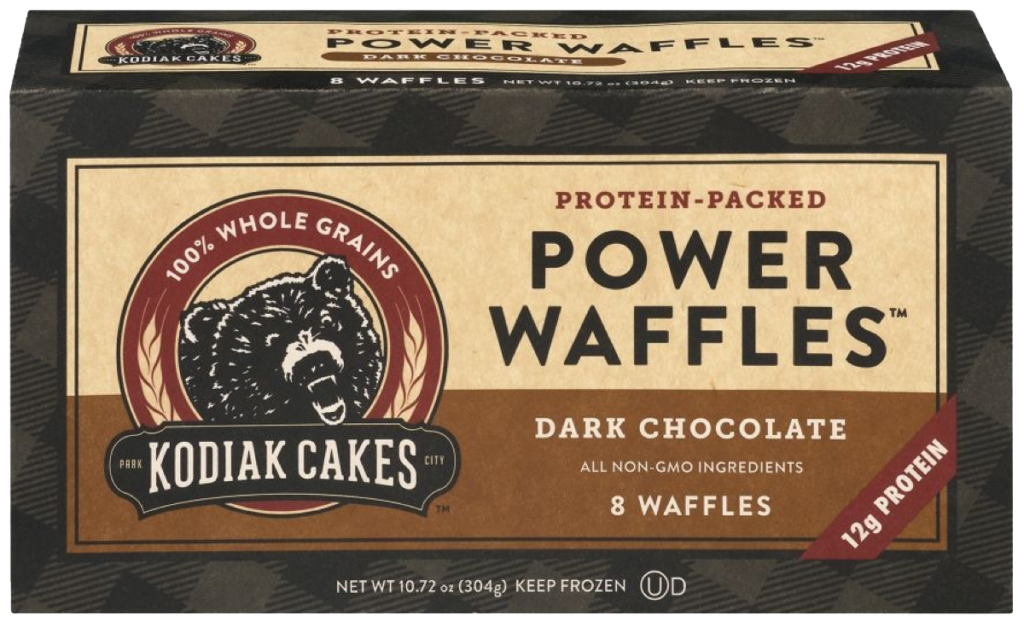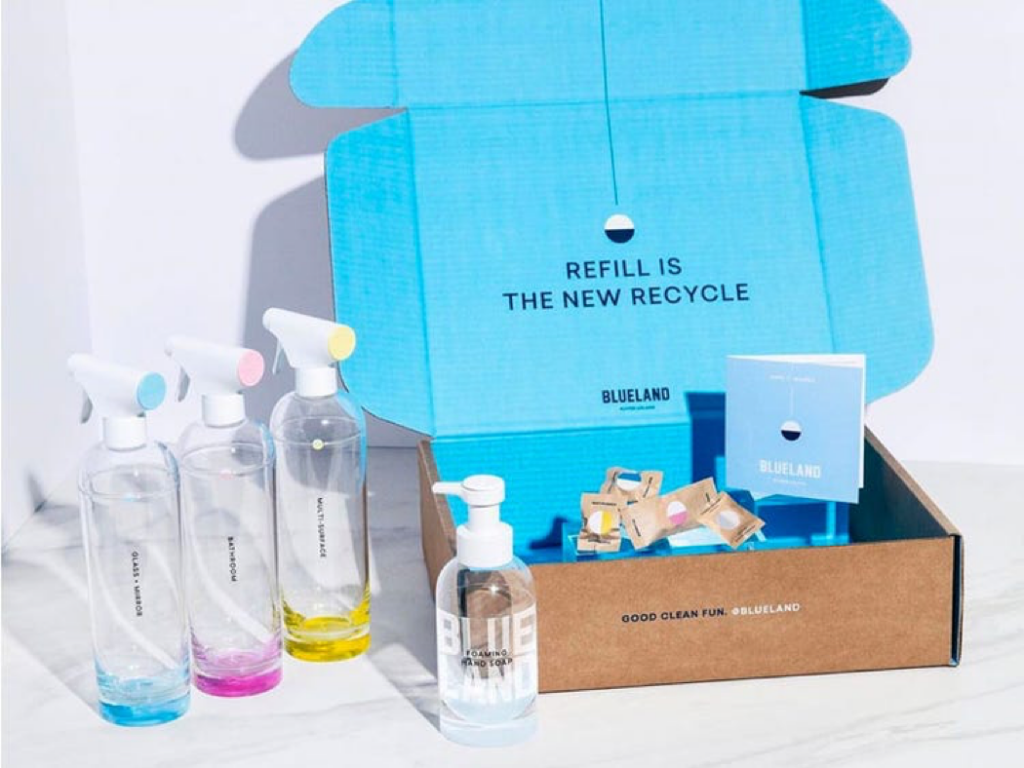
Top 10 Trends from Expo West 2024
Top 10 Trends from Expo West 2024

Late last week, along with roughly 70,000 other consumer goods fanatics, Seurat descended on the city of Anaheim, CA for the Super Bowl of CPG – Expo West. Sensible shoes were out in full force, as were more than 3,300 exhibitors ranging from functional cookie dough to probiotic baby wipes, Vietnamese coffee and plant-based everything.
Expo is always an inspiring (though exhausting) experience, and the buzz was electrifying. And yet, not all trends are poised to emerge from the Erewhon / DTC “bubble” and mainstream at the same rate (we’re looking at you, regeneratively farmed kombucha gummies). It would be impossible to pay tribute to all the fearless founders and hip challenger brands we met, so we’ve settled for a top 10. Without further ado, we present our top Expo trends, qualitatively organized from ‘still emerging’ to ‘ready to scale.’

#10 Cognitive Craze
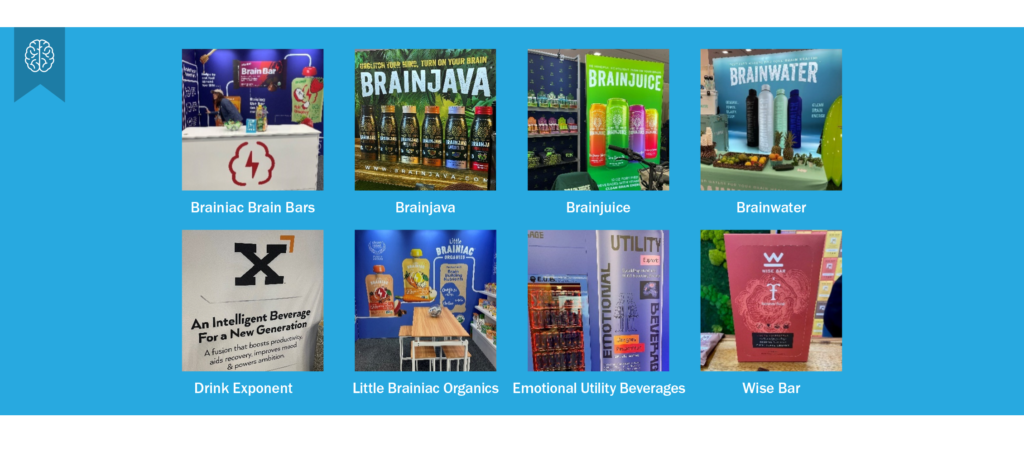
If the number of “brain-boosting” products on display is any indication, cognitive function is next up in the health industry’s obsession with self-improvement. A slew of brands from supplements to snacks & beverages are promising “brain power on demand” through focus-enhancing nootropics – perhaps no surprise as 1 in 3 consumers look for ways to augment cognition. These products remain niche for now due to low distribution and premium price point. But given consumers’ inclination to start the day at their best, there’s certainly potential for greater adoption.

#9 Eggcellent Innovation

Eggs were a bifurcating trend this year. At one extreme, brands were leaning into eggs as the OG natural, protein-dense superfood and proliferating into different form factors like wraps and chips – ostensibly improving the incumbent’s nutritionals. On the other extreme, several brands were leaning out, hatching plant-based alternatives as close as possible to the real thing. Likely explanations here range from the rise of plant-based to animal welfare, food sensitivity concerns and the TikTokers famous #eggick, a sudden (viral at 4.3MM views) repulsion to eggs. The outpouring of brands offering ick-free eggs made from peas, lentils, chickpeas & the likes is certainly no yolk, but the scalability of these substitutes remains to be seen.

#8 Reign of Regenerative

While only ~1 in 10 consumers are aware of regenerative agriculture, 60% of those who know it are extremely interested – suggesting one of the highest rates of search-to-purchase intent. Regenerative is the new wave of BFY, taking organic even further to be not just better for our planet, but truly restorative. With traditional meat coming back into fashion, consumers are increasingly seeking better, more socially acceptable ways to consume the products they love. (And thanks to kernza, you can finally help sequester carbon and improve the quality of our air, soil and water…all by drinking beer!)

#7 Happy Hormones

The last few years have seen a major shift in the discourse around women’s health: conversations around menstruation and sexual wellness have gone from cultural stigma to empowerment and pride. Based on what we saw at Expo, menopause and more general hormonal health support is the next wave in this revolution. Google searches for “Menopause,” “PCOS” and “hormonal acne” have nearly doubled in the past five years – perhaps no surprise as 80% of women in the US struggle with symptoms related to hormonal imbalances. Women’s History Month was the perfect backdrop for a host of emerging brands aiming to solve very real pain points in the name of womanhood.

#6 Taste of Beauty

‘You are what you eat,’ as the saying goes. And now, apparently, what you put in your body might replace what you put on it to achieve a healthy, balanced glow. Social media is rife with hacks to consume products in place of topical solutions to benefit one’s complexion. (#skindiet has 2.2M hits on TikTok as of this writing.) There’s significant upside if brands can drive daily consumption by positioning these consumables as another step in the ever-growing list of beauty & self-care routines.

#5 From K-Pop to K Food

During lockdown, consumers had extra time to explore new hobbies. Many elevated their baking skills with sourdough starter sets, while others invested in learning recipes from cuisines & cultures outside their own. The latter, coupled with a universal desire to travel, unlock unique experiences & connect with new cultures, has given rise to a host of ethnic brands aiming to make global flavors more accessible to the average home chef. This year Korean products especially appeared in the limelight, from umami snacks to gochujang condiments. Google searches for “H mart” have doubled since pre-lockdown, and we’re bullish on the continued emergence of accessible, globally inspired products – Korean and beyond.

#4 Low Stress, No Mess Meals

Until recently, the ready-to-heat meal solution set in mainstream grocery looked a lot like it did 20 years ago. But increasing expectations when it comes to quality, convenience & taste has given rise to a new wave of premium, health-forward solutions aimed at the roughly 2/3 of Americans who no longer regularly cook at home. As meal kit companies struggle, these products are poised to enter more kitchens, and with greater frequency. Price points remains an important hurdle to clear, but these low-stress, no-mess meals represent an attractive space with significant unrealized potential.

#3 Protein Beyond the Plate

The ubiquity of protein isn’t new to Expo, but the trend appears to have accelerated. Recent years have seen more consumers reducing animal protein consumption, spurring some to turn to beverages and salty snacks to supplement. Americans also fundamentally believe they’re protein-deficient, further fueled by the rise of GLP-1 drugs as these medications require a more protein-rich diet to make up for the impact on bone density and muscle mass. Protein isn’t going away anytime soon – and it’s likely to continue growing in meal-adjacent spaces across the consumable landscape.

#2 Energy Evolution

The energy drink category has a decades-old reputation as being artificial and loaded with sugar. Major brands like Celsius & Highball have changed the narrative, inviting new consumers into the space with cleaner labels & fewer ingredients. Emerging brands are taking this one step further, with “purely natural energy” claims, ingredients that are naturally high in caffeine and even alternative energy sources, from ginseng to green coffee beans. Americans’ thirst for mental & physical energy is effectively insatiable, and yet penetration of energy drinks is largely stagnant. That may be about to change as these brands continue to redefine expectations and products – complete with functional benefits from improved focus to elevated mood.

#1 Sensible Soda

“Healthy soda” is clearly having a moment. Poppi’s splashy Super Bowl commercial exposed millions of mainstream consumers to the idea of replacing their traditional soft drink with a healthier alternative. Manufacturers are taking notice, with more than 25+ better-for-you brands brands entering on the heels of Poppi and Olipop. Even the kombucha brands we met at Expo were changing their strategy and jumping on the bandwagon.Taste remains paramount, but these brands are also touting benefits like gut health and immunity. Things are about to get interesting!



